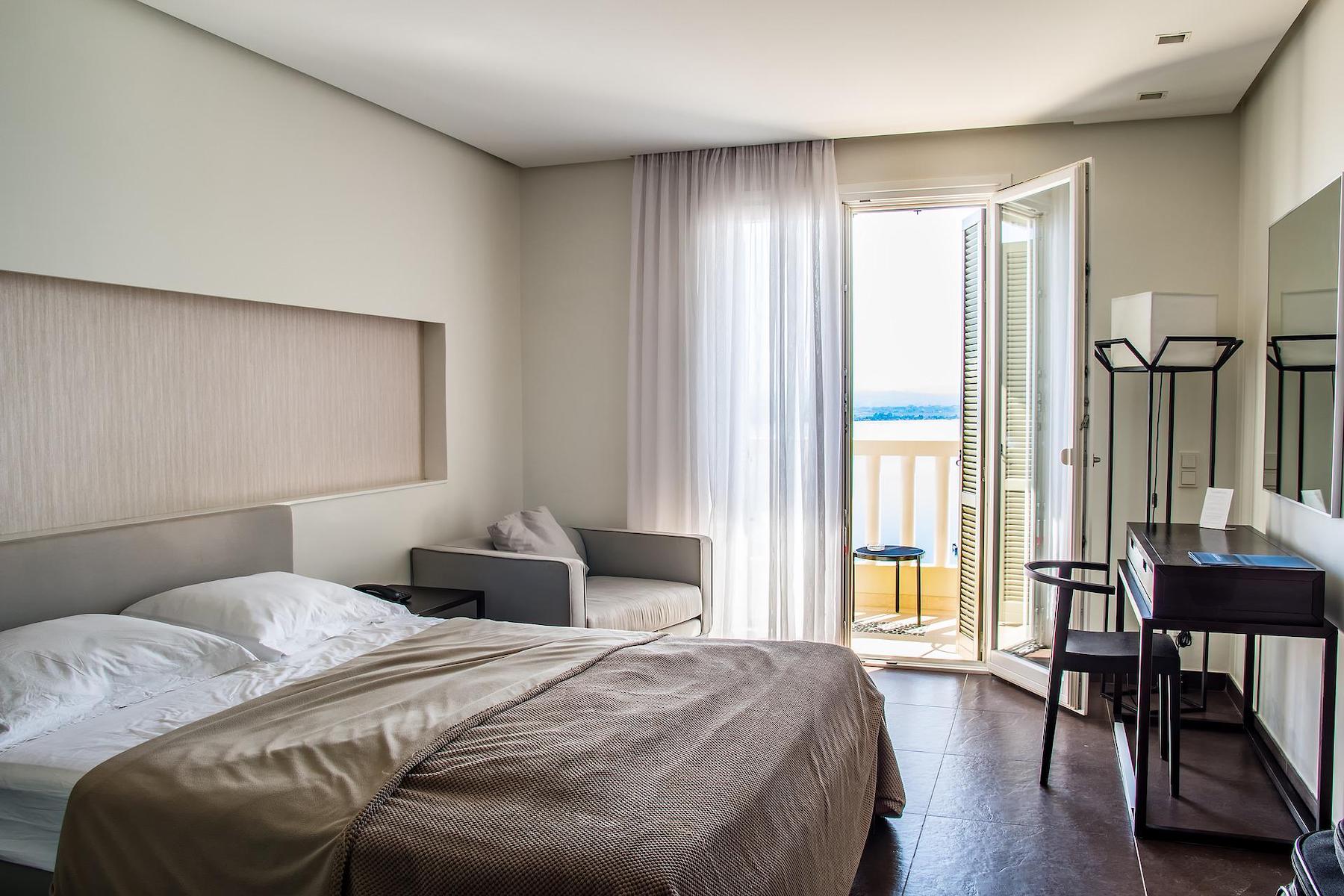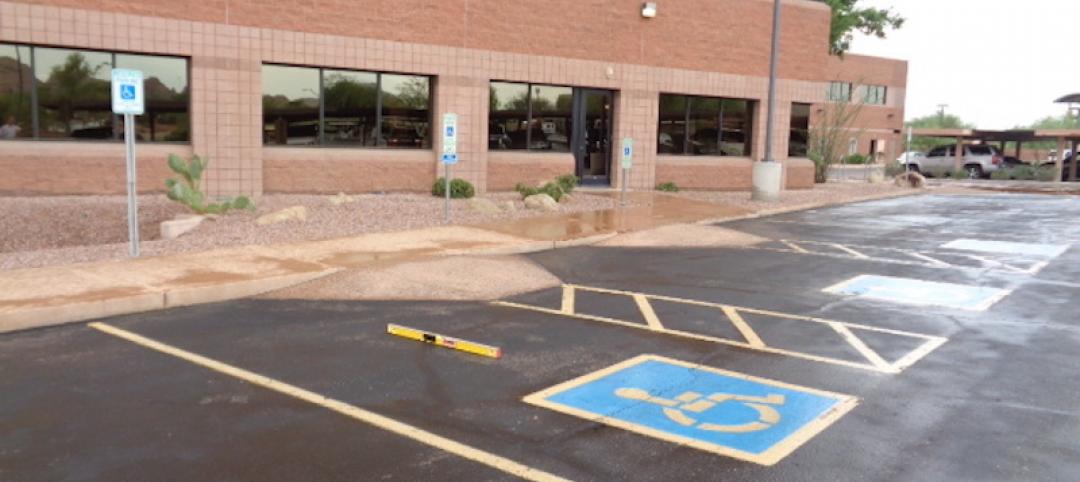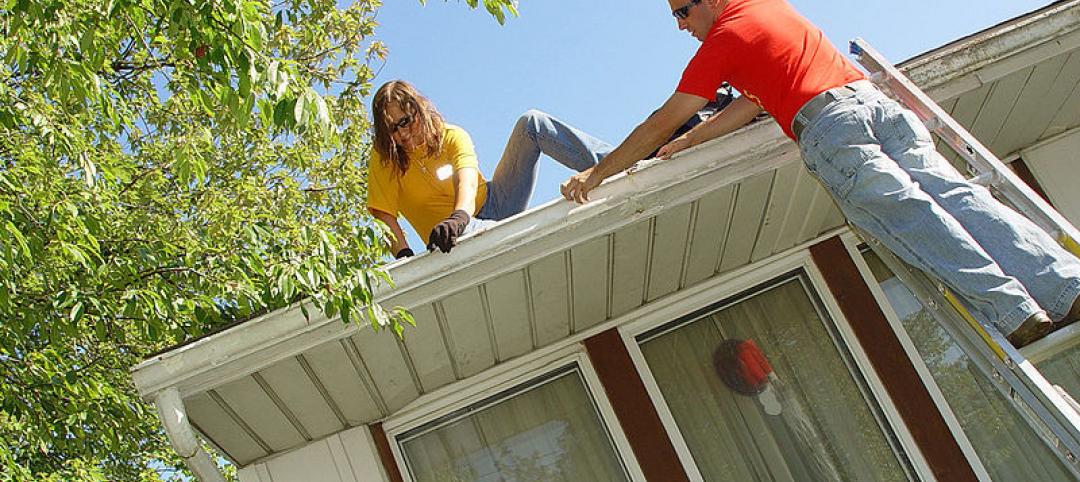‘Checking Out: Converting Hotels to Housing’ can be found on page 16 of the 2021 edition of Perspective, a compilation of insights from members of the RLB team around the world.
In the early days of the pandemic, many hotels opened their rooms to medical personnel on the front lines. Now the tables are decidedly turned, with the hospitality industry needing a helping hand.
While the federal Paycheck Protection Program has provided temporary security for quite a few hotels, that relief may have run its course for many operators. The American Hotel and Lodging Association estimates the impact of COVID-19 on the travel industry has been nine times worse than that in the aftermath of September 11. With business and leisure travel continuing to diminish, the hospitality sector has been devasted, with nearly half of hotels facing foreclosure by their lenders. As creditors review their hotel portfolios and are forced to make tough decisions about which operators to support at the expense of others, properties with no cash flow and burgeoning carrying costs are most at risk of closure.
The situation underscores the need for owners/operators to be proactive and have a fall-back plan in place before their options run out. Putting it bluntly: By the time something is perceived as a problem, it’s probably already too late to resolve it without a major disruption of business. In an attempt to mitigate their losses, many owners are considering repositioning their hotels into another property type, such as senior living communities, affordable housing, rental apartments, supportive housing, or student housing.
But simply switching the function of a hotel doesn’t guarantee a return to profitability. It’s critical to first make an objective, clear-eyed analysis to determine the feasibility of the project. This information will be essential to making an informed decision about the path forward and help identify which conversion options are most likely to add value and generate long-term returns.
Reckoning with remodeling
A building’s architecture and infrastructure can skew its suitability for repurposing. Existing features amenities such as pools, common spaces, and some form of commercial space, like a restaurant or café, could be retained if the property is converted into multi-family housing. Extended-stay hotels, already equipped with kitchens and baths, are ideal for conversion into apartments. To be viable as an assisted living facility, in-unit kitchens aren’t required, but the property needs to be fully compliant with ADA codes, and elevators need to be large enough to accommodate a gurney. In addition to reworking the plan and programing of the building, its mechanical, electrical, and plumbing systems will also need to be tailored to its new use, adding to the conversion budget.
Unseen influences
There are less obvious—but equally important—considerations influencing the ultimate use of the building. The real estate mantra “location, location, location” is prime among them. Study the needs of the local market. Is there a greater demand for affordable housing, or for market-rate developments? Is the property situated close to colleges or universities that are short on places for students to live? Is the location a drivable destination, or is it largely dependent on air travelers?
Knowing the social and economic trends at both local and regional scales can also shape the conversion. For instance, a city with a growing employment scene that is attracting younger workers might benefit from additional affordable, small apartments on the market. This demographic profile differs from a more rural, well-established community that has a large proportion of retirement-age residents, who are living on fixed incomes. In this case, it might make more sense to explore turning hotels into assisted living or senior housing—assuming there is not a glut of those facilities already in place.
Owners investigating reinventing their properties mustn’t underestimate the time that will be necessary to resolve any land use or other regulatory issues. Rezoning a commercial property for residential use can take years to shepherd though the community and government approval process.
Resourceful recourse
While converting a property is a long-term, permanent strategy, there are some short-term incentives that seek to provide relief to the travel and hospitality industries. An ingenious variation on the “home escape” model, where guest rooms are booked on a day-rate for people seeking a change of scene from working out of their houses, “Movers and Shakas” was launched by a partnership of Hawai‘i state government, business leaders, and college alumni associations.
It’s a temporary residency program that offers deep discounts on month-to-month hotel accommodations and complimentary plane tickets to out-of-staters and former residents who commit to working remotely from the islands for a minimum of thirty days. It’s more than a financial lifeline to this tourism-dependent economy, though; it’s a way to build community and increase knowledge resources by connecting local and out-of-state professionals. This cooperative approach is reflected in the program’s name; shaka is a traditional Hawaiian hand gesture signifying goodwill and unity—qualities that can help both businesses and individuals navigate difficult times.
More from Author
Rider Levett Bucknall | Aug 14, 2023
Fast-tracking construction projects offers both risk and reward
Understanding both the rewards and risk of fast-tracking a project can help owners, architects, engineers, and contractors maximize the benefits of this strategy and can bring great reward on all fronts when managed properly.
Rider Levett Bucknall | Feb 14, 2022
How building owners and developers can get ahead of the next supply chain disaster
Global supply chain interruptions that started at the very beginning of the pandemic are still with us and compounding every step of the way. Below are a few proven tips on how to avert some of the costly fallout should we be faced with similar commercial disasters at any time in the future.
Rider Levett Bucknall | Jul 24, 2019
Design goooals for football stadiums: Lessons from the U.K. and the U.S.
Both professional soccer and football have vigorously pursued targeted global growth.
Rider Levett Bucknall | Apr 30, 2018
Following—and forecasting—the money: Financial modeling for project managers
To wait until there’s a problem affecting design and construction before consulting with a PM wastes valuable time when a project is at its most vulnerable point.
Rider Levett Bucknall | Jan 11, 2018
Harvesting energy and profits: A new approach to MEP cost analysis
In the course of providing cost estimating services, educating the client on making prudent choices is a high priority.
Rider Levett Bucknall | Sep 6, 2017
Following the money: G702 progress payment certifications
There is no single method of calculating progress payments, but the most common formula is the percentage of completion applied to the total contract price, less a retainage which is held by the owner until final acceptance of the project.
Rider Levett Bucknall | May 3, 2017
Avoiding trouble in paradise: Tips on building successfully in the Caribbean
The island setting itself is at the root of several of these disruptive assumptions.
Rider Levett Bucknall | Feb 8, 2017
Don’t leave your office or business vulnerable to drive-by lawsuits
Across numerous states, unscrupulous attorneys are filing hundreds of “drive-by” lawsuits that are founded on noncompliance with ADA regulations against businesses that often have no idea they have done anything wrong.
Rider Levett Bucknall | Nov 10, 2016
Prescription for success: Managing technology in the design of healthcare facilities
While the benefits of intelligently deployed technology are abundantly clear to both designers and healthcare end-users, it’s no simple task to manage the integration of technology into a building program.
Rider Levett Bucknall | Aug 29, 2016
Home maintenance 101: How uninformed homeowners can cause developers big headaches, and what to do about it
By taking a proactive stance, the home-building industry can both educate the public about the importance of home maintenance and raise awareness within the construction community about protecting their professional rights and reputations.















